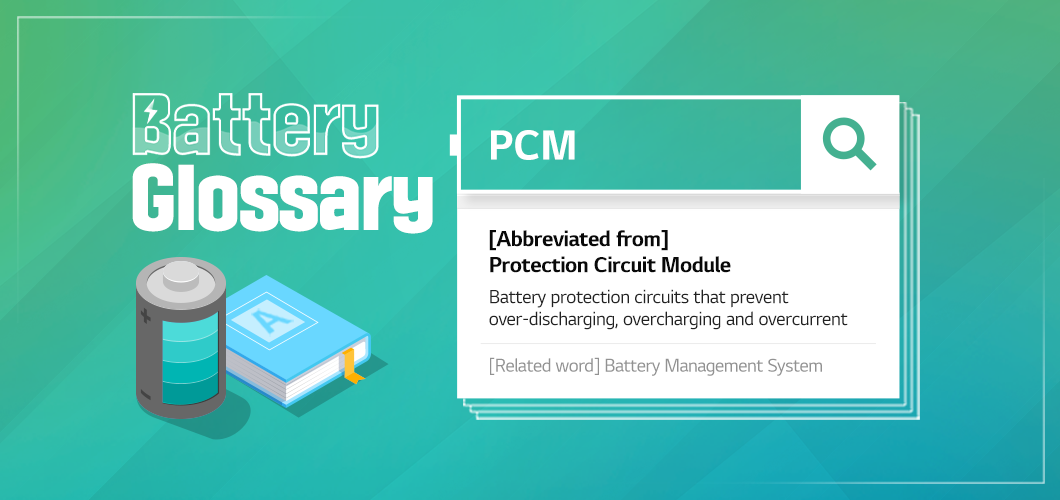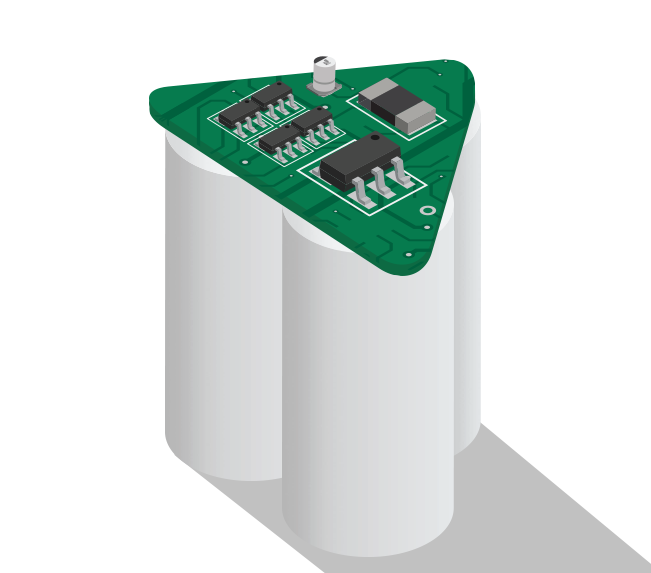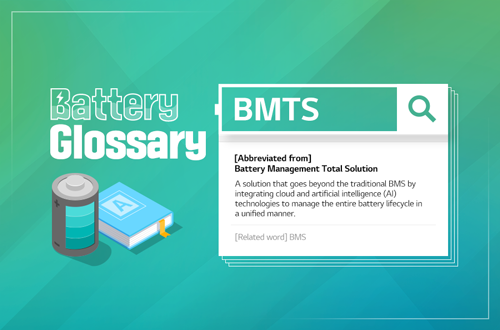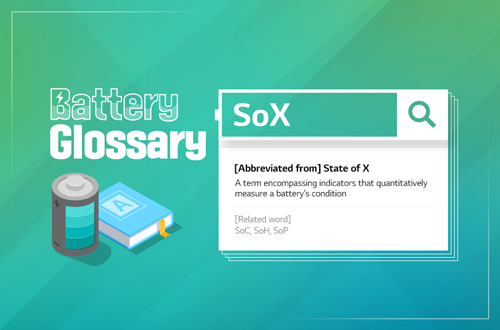As batteries store a lot of energy, a circuit device that protects the inside of the battery is essential. However, there are cases where electronic devices are altered using end cells that lack protection circuits. This is a very dangerous action. Today, we will learn about what can help prevent a circuit-related accident: Protection Circuit Module (PCM).

What is PCM?
Batteries of electronic devices and electric vehicles we use everyday store very high-density energy. Thus, there is a need for protection devices which can manage safety functions while ensuring efficient and safe use of energy. The circuit device that fulfills the role is the Protection Circuit Module (PCM).

Functions of PCM
Batteries can be exposed to dangerous situations unexpectedly when using electronic devices. Overcharging can cause overheating that can lead to a fire or explosion. Over-discharging or overcurrent can undermine the performance of the battery or render it dysfunctional. PCM prevents risks such as overcharging, over-discharging and overcurrent from happening to protect batteries.

Difference between PCM and BMS
PCM is not the only device that helps batteries function well. There is also the Battery Management System (BMS). They both manage and protect the inside of the battery. But while PCM offers basic safety functions, BMS goes further by performing many other roles as well such as monitoring and cell balancing. If BMS is a conductor, PCM is an assistant to the conductor.

Protection circuit modules enable the batteries in each different electronic device to perform best while maintaining safety. Therefore, tinkering with an end cell that does not have a protection circuit, or PCM, at your discretion is dangerous. Remember the functions and roles of PCM, and be careful not to recklessly alter batteries!





